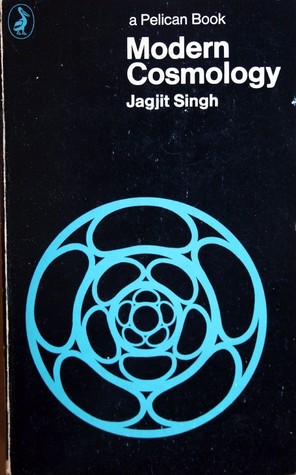mollwollfumble said:
Tau.Neutrino said:
Mind-Bending New Paper Could Explain The Strange ‘Patterns’ Within Our Solar System
There’s a strange pattern in our Solar System – if you look at the orbits of the first seven planets, each one gets increasingly distant from the Sun in a predictable and quantifiable regularity.
more…
More than that. Nine planets. Bodes Law describes the orbits of Mercury, Venus, Earth, Mars, Jupiter, Saturn, Uranus, Pluto and Eris. The odd one out is Neptune. The match to the orbit of Eris is near perfect, and the match to Pluto’s orbit is better than that of Mercury.
Oops. I meant Ten planets. Mercury, Venus, Earth, Mars, Ceres, Jupiter, Saturn, Uranus, Pluto and Eris.
Have a look at the front cover of the old book “Modern Cosmology” by Jagit Singh. The pattern of gas eddies shown there is known as Weizsacker’s system of primary vortices, invented in, well, a long time ago possibly 1945, provides a nice mechanistic explanation of Bode’s Law. A later modification by Kuiper replaces the regular gas vortices by random ones but still agrees roughly with Bode’s Law.


